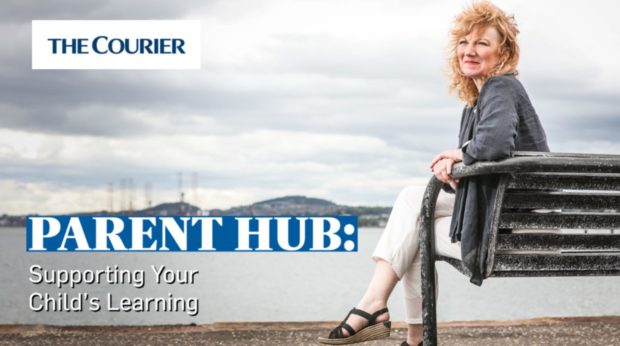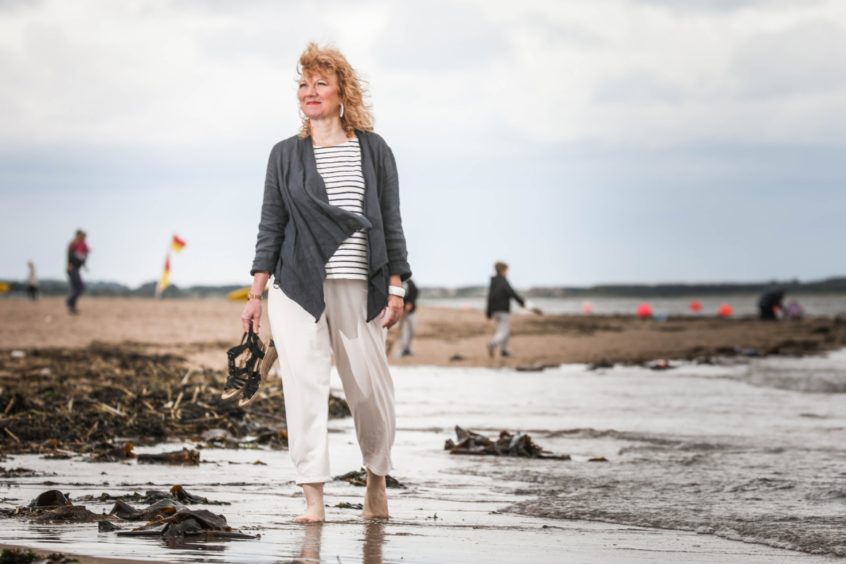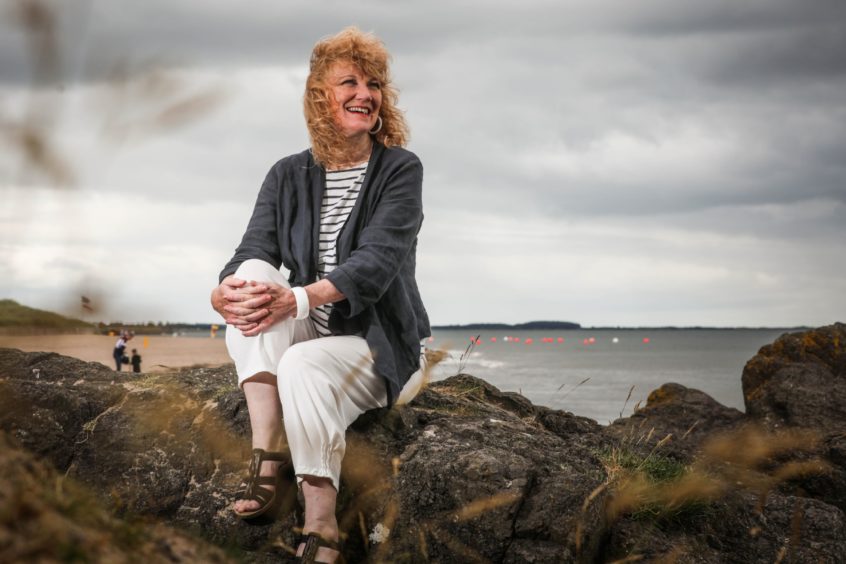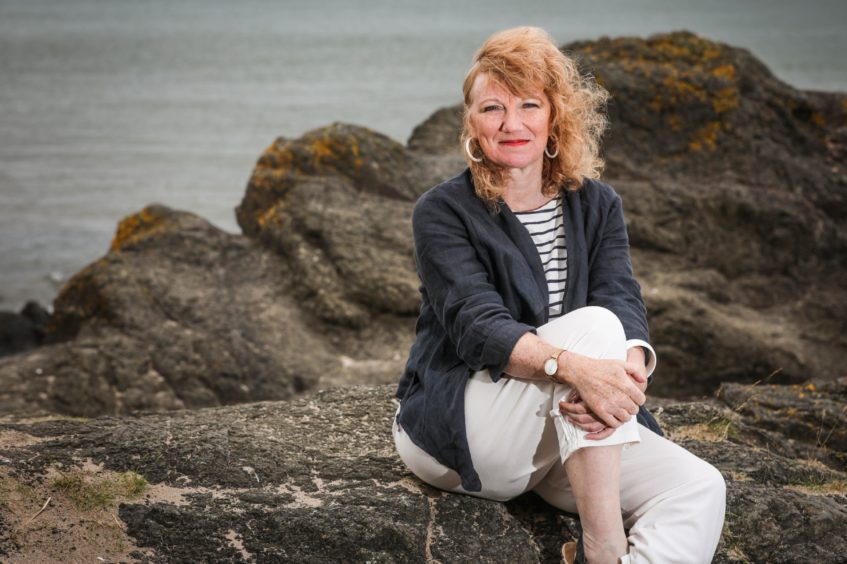Focusing on children’s catch up in lost learning due to the pandemic is ‘misguided’, says a Dundee based psychologist.
Instead we should be supporting their recovery, says Dr Suzanne Zeedyk, a well-known child developmental psychologist and research scientist at the University of Dundee.
To do this, Suzanne says we need to focus on play and improving our relationships with children, and allow the learning to come from that.
But before we even begin to think about how to boost our children’s learning, we need to understand more about child development, she says.
Biological impact
Suzanne, who lives in Broughty Ferry, says that the most important thing for all adults to understand is that children are shaped biologically by their experiences.
She said: “If you have experiences of safety, emotional safety, or connection, of feeling heard and feeling welcomed and feeling comfortable, that shapes you biologically.
“But if you have a lot of experiences that make you anxious then your biology becomes wired for anxiety and it’s harder for you to do things like pay attention or sit still, which would affect your ability to learn academically in a traditional school.”
With that understanding, Suzanne says that to support children’s academic learning, those feelings of safety and connection need to be present.
She says parents can do this by helping children have fun and playing with them, making them feel heard, relaxed and exploring their interests.
But crucial to all of this is to get curious about children’s emotional experiences, says Suzanne, and the knowledge of how to support them will follow.
The stress system
Children’s stress system, also known as the self-regulatory system, is developed in their early years, she says.
That is, the way they handle things like frustration, trust, anger, and comfort in taking risks and having adventures like sliding down a slide.
“If you push children to do things that are uncomfortable for them too soon for their self-regulatory system, then you misshape it,” says Suzanne.
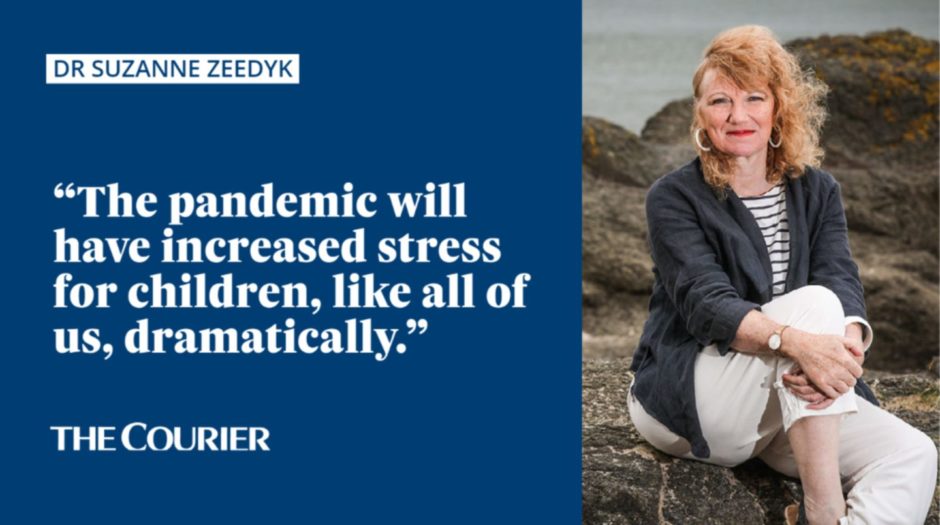
“The pandemic will have increased stress for children, like all of us, dramatically.
“We have a lot of data coming in now that is talking about mental health concerns for children.
“That means that right now we need to help children recover from those experiences and focusing on the catch up in learning that we’re hearing a lot about will not help, that is misguided.”
Suzanne says the ‘very best’ way we can help children to recover from the pandemic is by giving them lots of time to play.
She said: “Our society somehow thinks that play is a bit of a luxury, it’s a bit frivolous, you’re not concentrating on your work.
“So parents can get anxious about play, thinking ‘Is that enough for my child?’ If we understood what play really was, then parents’ anxieties would decrease.”
The power of play
When playing freely, children often construct scenarios which help them deal with their emotions, or circumstances, Suzanne says.
She said: “When your child puts together their Lego set, if they’re doing that in the lounge, don’t sweep it up at the end of the day, don’t tidy it up.
“That Lego set is a lot of creativity on your child’s part. Make a space in the house where they can have a space to keep developing their projects, leave the Lego set out.”
Actively encourage your child’s interests or help them to discover one by trying out new things if they do not already have one, says Suzanne.
“If you start with where your child is and you celebrate who your child is, then the work and the learning follows from that,” says Suzanne.
“Children’s learning is not separate from who the child is and I think sometimes we forget that because we get anxious about the learning.”
Reduce anxiety to support recovery
Parents need to relax about children’s academic recovery, says Suzanne, because their anxiety can make children anxious and affect their development.
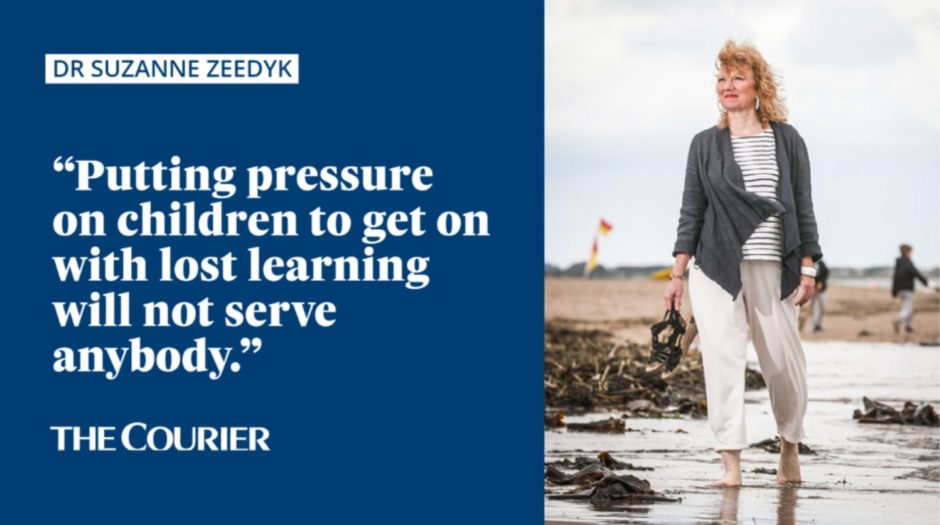
She said: “The pandemic happened, it has changed our children.
“Yes for some children it will put them in a different place than they would have been if they were at school – that’s the way it is.
“So rather than getting anxious about getting back to some place we would have been if a particular thing in life had not happened, we need to think how can we recover from the stress we’ve been having.”
She highlights that while some children might have been doing less academic learning, they have all been doing lots of life learning.
Suzanne said: “Many children have learned about stress, many have learned about domestic violence, many have learned about loneliness.
“Many of them have learned about how helpful their PlayStations are in helping them cope with loneliness. Many have learned that their grandparents die.
“Our children have learned lots of things during the pandemic and we need to pay attention to those and not somehow discount them because we think learning is about reading and writing.”
She says that we all need time to recover, reconnect and feel welcomed, and by paying attention to children’s behaviour we can work out their emotional needs.
Mindfulness and laughter
After becoming aware of the tensions and anxieties children have experienced, Suzanne says we need to help them learn how to manage anxieties in their bodies.
For this she suggests parents could do short breathing or mindfulness exercises with children, and build up a ‘bank of laughter’.
She said: “Laughter helps the body relax and it creates bonding and welcoming. So if you build up a bank of laughter, that’s really good for the next time you end up in a tense moment with you child.
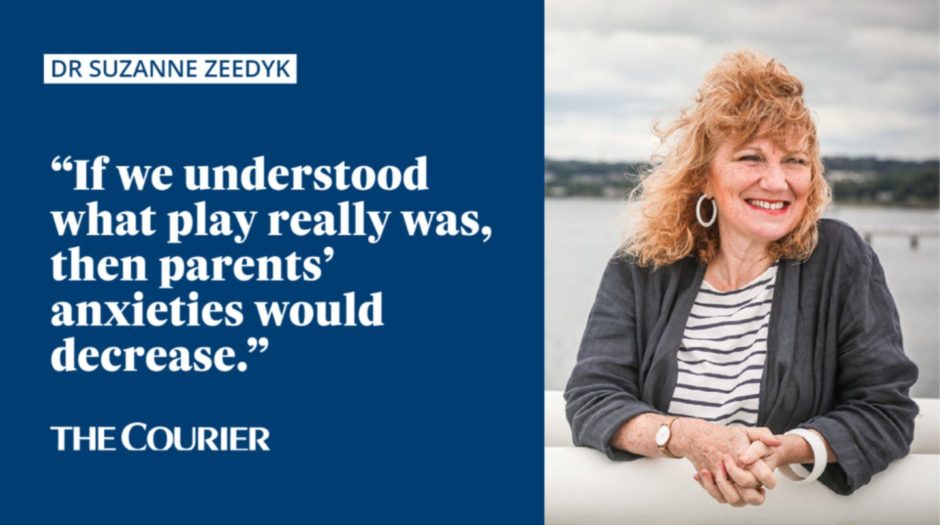
“If we laughed more, life doesn’t feel so heavy, because our body changes, and life has felt very heavy for many families during the pandemic, so we need time to relax.”
She added: “Putting pressure on children to get on with lost learning will not serve anybody.
“We need to think about our children’s emotional experiences during the pandemic, not simply the academic learning that we think they lost.
“And the reason we need to do that is because if we are not thinking about their stress systems, they won’t recover in school anyway.”
*
This was the final part of out Parent Hub: Supporting Your Child’s Learning series, which aims to provide parents with varying viewpoints on how they might help their own children’s learning thrive.
Did you miss Part 1? Interculturalist and educator, Dr Cornelius Grove, explained why he thinks leaning is ‘not about fun’.
In Part 2 James McTaggart disagreed, urging parents not to create a ‘tussle’ between fun and learning.
And in Part 3 Dr Sarah Hulme revealed how to create a personalised approach which allows youngsters to take ownership of their learning.
